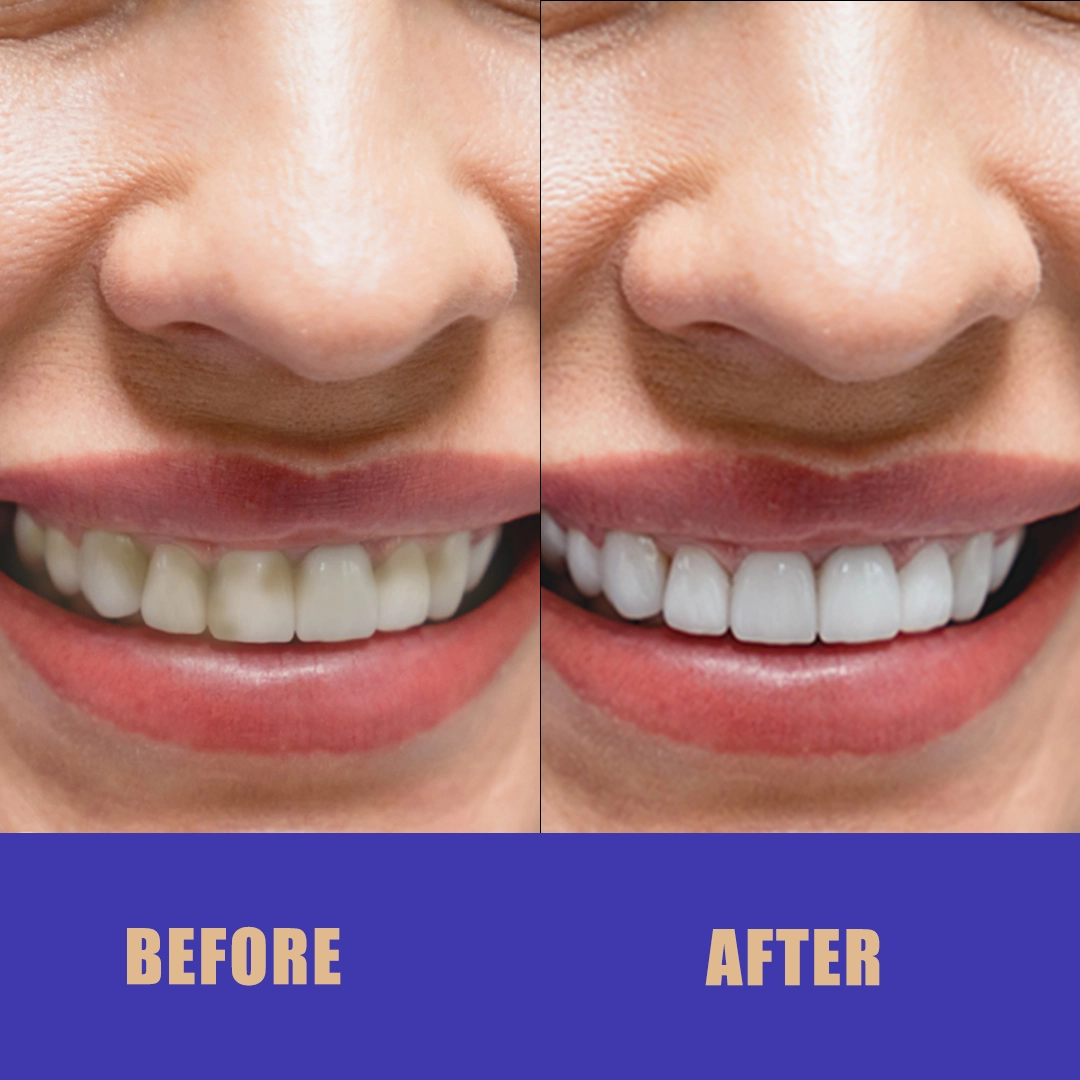In the digital age, a website is a necessity for any business or individual seeking to establish an online presence. It’s your virtual storefront, open 24/7, accessible from anywhere in the world.
But what does it cost to design a website?
The answer isn’t straightforward. Website design pricing varies greatly, influenced by numerous factors.

From the complexity of the design to the experience of the designer, many elements come into play. The type of website you need, whether it’s a simple blog or a complex e-commerce platform, also impacts the cost.
Understanding website design pricing can be a daunting task. It’s a complex process with many variables to consider.
This comprehensive guide aims to demystify the process. We’ll delve into the factors that influence website design pricing, explore different types of web design projects, and provide insights into finding affordable web design solutions.
Whether you’re a small business owner, a startup founder, or an individual looking to understand the cost of designing a website, this guide is for you. Let’s embark on this journey to understand the price of website designing.
Understanding Website Design Pricing
Website design pricing is not a one-size-fits-all proposition. It’s a complex process that involves a variety of factors.
The cost of designing a website can range from a few hundred dollars for a basic template-based site to tens of thousands for a custom, feature-rich website. The price is influenced by the complexity of the design, the level of customization required, the experience of the designer, and the timeframe for project completion.
To understand website design pricing, it’s crucial to understand the different components that go into creating a website. These include:
- Design and layout
- Content creation
- Functionality and features
- SEO optimization
- Maintenance and support
Each of these components carries its own cost, contributing to the overall price of the website design.
Factors Influencing Website Design Costs
When it comes to website design pricing, several factors come into play. Understanding these factors can help you budget for your website design project more effectively.
One of the primary factors is the complexity of the design. A simple, template-based website will cost less than a custom-designed site with complex features and functionality. The more complex the design, the higher the cost.
The level of customization also plays a significant role in the cost. Custom designs require more time and expertise, which increases the price. On the other hand, using a pre-made template can significantly reduce costs.
The experience and expertise of the designer or agency you hire also influence the cost. Experienced designers and agencies typically charge more for their services, but they also bring a higher level of skill and knowledge to the table.
The timeframe for project completion is another factor. If you need your website designed quickly, you may have to pay a premium for expedited services.
Other factors that can influence the cost include the number of pages on the website, the type of content (text, images, video), the need for e-commerce functionality, and ongoing maintenance and support costs.
The Spectrum of Website Design Pricing
Website design pricing can vary widely, depending on the factors mentioned above.
At the lower end of the spectrum, you have basic template-based websites. These can cost a few hundred dollars and are suitable for individuals or small businesses with a tight budget.
In the mid-range, you have custom-designed websites with more complex features. These can cost anywhere from a few thousand to tens of thousands of dollars. They are ideal for businesses that need a unique online presence and have a larger budget.
At the high end of the spectrum, you have feature-rich, custom-designed websites with advanced functionality. These can cost tens of thousands of dollars and are typically used by large businesses or corporations.
Understanding where your website design project falls on this spectrum can help you set a realistic budget and make informed decisions about your website design.
Types of Website Design and Associated Costs
There are several types of website design, each with its own associated costs. The type of design you choose will depend on your specific needs, goals, and budget.
For instance, a simple informational website with a few pages will cost less than a complex e-commerce site with hundreds of product pages. Similarly, a website that uses a pre-made template will be less expensive than one that requires a custom design.
It’s also important to note that the cost of website design is not just a one-time expense. There are ongoing costs to consider, such as website hosting, maintenance, and updates. These costs can add up over time, so it’s important to factor them into your overall budget.
Template-Based vs. Custom Design
When it comes to website design, one of the first decisions you’ll need to make is whether to go with a template-based design or a custom design.
A template-based design is the more affordable option. It involves using a pre-made template that you can customize with your own content and images. This type of design is ideal for small businesses or individuals on a tight budget.
On the other hand, a custom design involves creating a unique website design from scratch. This requires more time and expertise, which increases the cost. However, a custom design allows for greater flexibility and uniqueness, which can help your website stand out from the competition.
E-commerce Websites
E-commerce websites are a special type of website design that includes functionality for selling products or services online. These websites require additional features, such as product pages, shopping carts, and secure payment processing.
These additional features add to the complexity of the design, which increases the cost. However, the potential return on investment from an e-commerce website can be significant, making it a worthwhile investment for many businesses.
Responsive and Mobile-First Design
In today’s mobile-first world, having a website that is responsive and mobile-friendly is not just a nice-to-have, it’s a must. A responsive design ensures that your website looks and functions well on all devices, from desktop computers to smartphones.
A mobile-first design, on the other hand, prioritizes the mobile experience, designing for smaller screens first and then scaling up for larger screens. This approach is becoming increasingly popular as mobile internet usage continues to rise.
Both responsive and mobile-first designs require additional time and expertise to implement, which can increase the cost of website design. However, given the importance of mobile usability in today’s digital landscape, these costs are often considered a necessary investment.
Choosing the Right Web Design Service
Once you’ve determined the type of website design you need, the next step is to choose the right web design service. This decision will largely depend on your budget, the complexity of your project, and your own technical skills.
There are several options to consider, each with its own pros and cons. You could hire a freelance web designer, work with a web design agency, or even attempt to design the website yourself.
Freelancers vs. Agencies vs. DIY
Freelance web designers are often the most affordable option. They typically charge lower rates than agencies and can offer a more personalized service. However, they may not have the same level of resources or expertise as a larger agency.
Web design agencies, on the other hand, have a team of professionals with diverse skills. They can handle complex projects and provide a full range of services, from design to development to SEO. However, their services can be quite expensive.
Finally, there’s the DIY option. With the availability of user-friendly website builders, it’s possible to design a simple website yourself. However, this option requires a significant time investment and may not yield professional results.
The Role of Experience and Expertise
When choosing a web design service, it’s important to consider the role of experience and expertise. A more experienced designer or agency will likely produce higher quality work, but they may also charge higher rates.
Expertise is particularly important if you need specialized features, such as e-commerce functionality or mobile-first design. In these cases, it’s worth paying a bit more for a designer or agency with the necessary skills and experience.
Remember, the goal is not just to find the cheapest service, but to find the best value for your money. A well-designed website is an investment that can pay off in the long run through increased online visibility and customer engagement.
Additional Costs to Consider
When budgeting for a website design project, it’s important to consider all potential costs. The price quoted by a designer or agency may only cover the design process itself. There are often additional costs that can significantly increase the total price of a website.
These additional costs can include:
- Domain registration and hosting
- Website maintenance and updates
- SEO and content creation
- Multimedia elements
- Security measures and legal compliance
Domain, Hosting, and Maintenance
Every website needs a domain name and hosting. The cost of a domain name can vary, but it’s usually a small annual fee. Hosting costs can range from a few dollars per month for shared hosting to hundreds of dollars for dedicated hosting.
Website maintenance is another ongoing cost to consider. This includes regular updates to keep your website secure and functioning properly. Depending on the complexity of your website, maintenance costs can range from a few hundred to several thousand dollars per year.
SEO, Content, and Multimedia
SEO, or search engine optimization, is crucial for increasing your website’s visibility in search engine results. This often involves keyword research, link building, and optimizing your website’s structure and content. The cost of SEO services can vary widely, depending on the scope of work and the expertise of the provider.
Content creation is another important aspect of website design. This includes writing copy for your web pages, creating blog posts, and producing multimedia content like images and videos. The cost of content creation will depend on the volume and type of content needed.
Security and Legal Compliance
Security is a crucial aspect of any website. This includes measures like SSL encryption, regular backups, and protection against malware and hacking attempts. The cost of these security measures can vary, but they’re a necessary investment to protect your website and your users’ data.
Legal compliance is another important consideration. This includes ensuring your website complies with privacy laws like the GDPR, accessibility standards, and other legal requirements. Non-compliance can result in hefty fines, so it’s worth investing in professional advice to ensure your website is legally compliant.
Finding Affordable Web Design Solutions
Finding affordable web design solutions doesn’t mean compromising on quality. It’s about understanding what you need from your website and finding a solution that fits your budget. There are many ways to save money on website design without sacrificing functionality or aesthetics.
One option is to use a website builder. These platforms offer a range of templates that you can customize to suit your brand. They’re user-friendly and often come with built-in features like e-commerce functionality and SEO tools. However, they may not offer the same level of customization or unique design as a professional web designer.
Budgeting for Your Web Design Project
Budgeting for your web design project involves more than just considering the upfront costs. It’s important to factor in ongoing costs like hosting, maintenance, and updates. You should also consider the potential return on investment from your website.
When setting your budget, consider the value that a well-designed website can bring to your business. This includes increased visibility, improved customer engagement, and potential sales growth. It’s also worth considering the cost of not having a professional website, such as lost business opportunities and a negative impact on your brand image.
Value-Based Pricing and ROI
Value-based pricing is a pricing strategy that considers the value a product or service provides to the customer. In the context of website design, this means considering the potential return on investment from your website.
A well-designed website can drive traffic, convert visitors into customers, and boost your business’s online presence. The return on investment from these benefits can far outweigh the initial cost of website design.
However, it’s important to remember that a website is not a one-time investment. It requires ongoing maintenance and updates to remain effective. Therefore, when considering the ROI of your website, you should factor in these ongoing costs.
Conclusion: Making an Informed Decision
Understanding website design pricing is crucial for making an informed decision. It allows you to budget effectively and ensures you get the best value for your money. Remember, the cheapest option is not always the best. It’s about finding a solution that meets your needs and delivers a return on investment.
When choosing a web design service, consider their experience, expertise, and portfolio. Look for transparency in their pricing and ensure they provide a detailed contract. This will help you avoid any hidden costs and ensure you know exactly what you’re paying for.
Recap of Key Takeaways
In this guide, we’ve covered a range of topics related to website design pricing. Here are the key takeaways:
- Website design pricing varies greatly, depending on factors like complexity, customization, and the designer’s experience.
- There are different types of website design, each with its own associated costs.
- Additional costs to consider include domain, hosting, maintenance, SEO, content, multimedia, security, and legal compliance.
- Finding affordable web design solutions involves understanding your needs, setting a realistic budget, and considering the potential return on investment.
Next Steps After Understanding Website Design Pricing
Now that you understand website design pricing, the next step is to start planning your web design project. Define your goals, set your budget, and start researching potential web design services. Remember to consider the long-term costs and potential return on investment.
Finally, don’t rush the process. Take your time to find a solution that fits your needs and budget. A well-designed website is a valuable investment that can drive business growth and success.





Leave a Reply